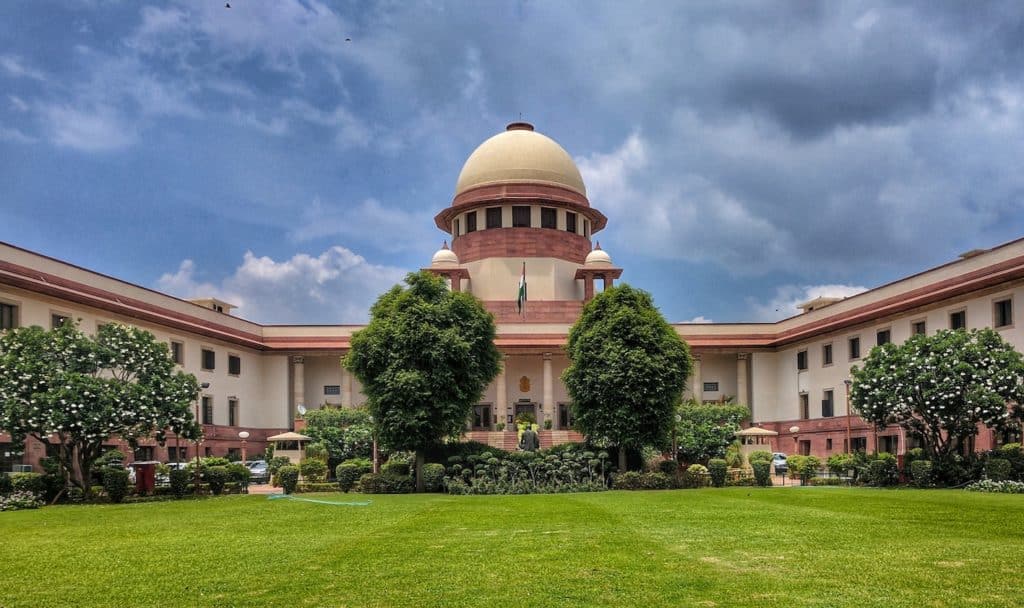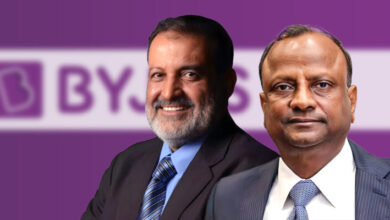Supreme Court judgement on rejecting withdrawal of the resolution plan under IBC(section 32A)- all the basic things you need to know.

Supreme Court Judgement: Our country is currently undergoing a development rush, with all the companies in the nation trying whatever they can to develop. They are in a constant race with the other companies to prove that they are the best. However, in this fast-paced world, this race is very necessary in order to keep up with the world. A company would be left far away if it does not match the pace of its development with the pace of the world’s development.

However, sometimes, in this race, the businesses intentionally or unintentionally go against the rule of law to have an edge over their competitors, and often this leads to the involvement of the supreme court. The supreme court plays a major role in this path of development as it is the only body that can ensure that no illegal activity is done in the race of development and everything abides by the law.
An action against the law of the country is a punishable offence and can lead to the shutting down of the company, therefore making it necessary for them to match their operations with the law. In this article, we will be discussing about one such recent judgement of the supreme court which would be concerning for all the businesses out there. What is this judgement and what will be its effect, we shall discuss all of this in this article.
What is this Judgement?
The Supreme Court of the country passed a judgement on Monday that if an Insolvency resolution plan once gets approved by the Committee of Creditors (CoC) can never be withdrawn or modified. There cannot be any changes in the plan once it gets approved by the Committee of Creditors nor it can get cancelled. Why was this judgement passed, you might be wondering? This judgement was passed by the Supreme court on Monday only after it received separate appeals from three different companies in the country.
What was their appeal?
The appeal of the three companies was similar. The supreme court received many applications from the three companies which sought to either withdraw their plans after approval or sought to modify the insolvency resolution plan that have previously been approved by the Committee of Creditors.
The Supreme court on the other hand rejected the appeal of withdrawing or modifying the insolvency resolution plan after it gets approved by the Committee of Creditors. This judgement is passed after the separate various appeals were filed by the three different companies. The decision made by the Supreme court has rejected the appeals of these companies, thrashing out the hopes of modification or withdrawal of these insolvency resolution plans.
Why did the companies want to withdraw their resolution plan?
Out of the three companies which appealed to the supreme, the first one of them had been filed by Ebix Singapore, which had filed a resolution plan for Educomp. The insolvency resolution plan was approved by the Committee of Creditors in the month of February 2018, but it failed to pass the muster of 75 per cent of the creditors approving the plan.
Later on, the plan was approved and passed after a creditor, who had initially revoked from voting said to the Resolution Professional that they could not participate in the voting due to a technical error and therefore their vote should be considered affirmative of the plan.
Sooner, before the plan could be approved by the NLCT, some of the creditors of Educomp moved NLCT to run an investigation into the operations and affairs of the company since there were many reports of mismanagement and money laundering against the company.
Based on these allegations, Ebix, the company itself filed a withdrawal application in front of the court stating that the approval application has been pending before the NLCT for far too long. Even after such a long wait, they have not received approval of their plan.
Similarly, Kundan Care, a resolution applicant for Astonfield had sought to withdraw the plan which was previously approved by the Committee of Creditors. They said that the reason behind this withdrawal is after the reports of Gujrat Urja Vikas Nigam Limited terminating a power purchase agreement signed with Astonfield surfaced.
However, the termination of the PPA was rejected, even by the Supreme court of the country, still the Kundan Care cited it as a reason for the withdrawal of the plan.
What is the say of NCLT and NCLAT on this?
Though the NCLT rejected the application of Ebix for withdrawal twice, it approved it the third time, which however was subsequently overturned by the National Company Law Appellate Tribunal.
In the third-order when the NCLT approved the withdrawal, it had held that though a resolution plan becomes a binding document after it is approved, since Ebix was an unwilling successful resolution applicant, it would not be able to implement the said resolution plan.

However, NCLAT, on the other hand, overturned this decision of NCLT and said that NCLT did not have the authority to issue a withdrawal after the insolvency resolution plan has been approved by the Committee of Creditors. Moreover, it also said that the financial wisdom of the committee was final and that there was no need for NCLT to enter into that area.
Moreover, the NCLAT authority also said that since the section 32A of the insolvency and bankruptcy code grants full protection and immunity to the resolution applicant from any offences of the corporate debtor, the company Ebix had no authority to withdraw the plan which has already been approved by the Committee of Creditors for insolvency resolution plan.
What are the orders of the Supreme court?
First of all, the simple decision of the Supreme court was to reject all the appeals of the three companies that it has received earlier for the withdrawal of the resolution plan. The Supreme court said that after the decision of the Committee of Creditors is taken for the approval of the insolvency resolution plan, the companies cannot modify or withdraw the plan, as it is against the law.
The only way by which the companies might seek withdrawal of the plan previously approved by the Committee of Creditors is through section 12A of the law, which says that the corporate debtor must seek approval of more than 90 per cent of the total creditors involved to take the company out of the resolution plan, which is to withdraw from the plan.
Why did the Supreme court reject the appeal?
The supreme court said that enabling withdrawal or modification of the approved plan, after the application is successfully done and submitted to the adjudicating authority after due compliance with the procedural requirements and timelines would directly lead to the creation of another tier of negotiations which would be wholly unregulated by the authority.
Therefore, all the time taken by the authorities involved and their efforts, along with the votes of the committee members, which are the creditors of the company would go to waste. This would directly mean wasting the time of the authorities, and if the appeal is approved for once, it would lead to much more confusion in the future. Therefore, the only way for the companies to seek withdrawal of the insolvency resolution plan is through section 32A.
Edited by Sanjana Simlai.




